Unearthing the Vibrancy of Russia’s Tile and Ceramic Market
The vast and often misunderstood landscape of the Russian economy holds numerous sectors experiencing significant shifts, and the tile and ceramic industry is particularly vibrant. Far from a static market, Russia’s ceramic sector is undergoing a fascinating period of growth and transformation, driven by unique internal dynamics and a resilient adaptation to global influences. For international manufacturers, distributors, investors, and market analysts, understanding these intricate dynamics is no longer optional; it’s essential for navigating this potentially lucrative, yet complex, terrain. This comprehensive article aims to unearth the vibrancy of the Russian ceramic industry, providing a deep dive into the underlying market dynamics that are fueling its current boom. We’ll explore everything from evolving consumer tastes and architectural trends to the strategic role of domestic production and the innovative approaches shaping its future, offering a truly 100% practical and actionable guide to this pivotal segment of Russia’s construction materials landscape.
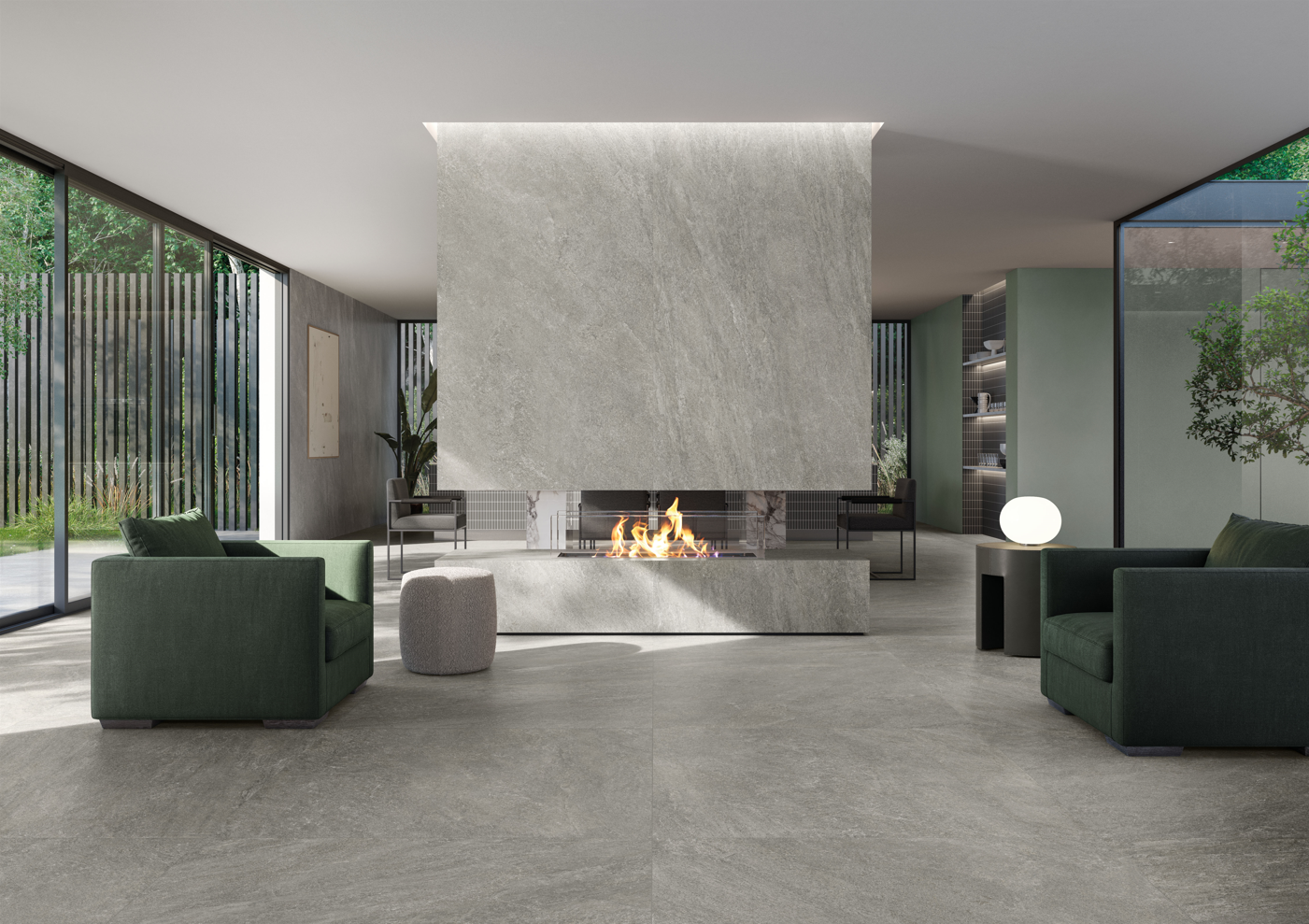
The Resilient Foundation: Understanding Russia’s Ceramic Market Ecosystem
To truly grasp the current boom, it’s crucial to understand the foundational ecosystem of the Russian tile and ceramic market. This sector is intrinsically linked to the broader health of the nation’s construction industry, which encompasses residential, commercial, and public infrastructure projects. Historically, Russia has been both a significant producer and a substantial consumer of ceramic tiles and porcelain stoneware, balancing robust domestic manufacturing with a diverse range of imports.
The market structure is characterized by a mix of well-established Russian manufacturers, many of whom have modernized their facilities, alongside a notable presence of international players who have either invested in local production or maintain import channels. The government’s strategic focus on import substitution has significantly influenced production capacity, encouraging local investment and the expansion of existing plants. This policy aims to reduce reliance on foreign goods, fostering self-sufficiency and strengthening the domestic industrial base. Distribution networks are extensive and multifaceted, ranging from large-scale retail chains and specialized building materials hypermarkets to direct sales channels for major construction developers and independent showrooms catering to individual consumers and designers. Understanding this intricate interplay of production, policy, and distribution is fundamental to appreciating the market’s current dynamism.
Key Market Dynamics Driving the Russian Ceramic Boom
Several powerful forces are currently propelling the growth and evolution of the Russian tile and ceramic industry. These dynamics reflect a blend of economic resilience, changing consumer behavior, and strategic governmental policies.
Expanding Domestic Production and Import Substitution Success
One of the most defining characteristics of the current boom is the significant expansion and modernization of domestic tile production. This is a direct outcome of the Russian government’s long-standing policy of import substitution, which has been intensified in recent years.
Investment in Modern Manufacturing Facilities
Russian manufacturers, both local companies and foreign entities with local operations, have invested heavily in state-of-the-art production technologies. This includes acquiring advanced kilns, digital printing equipment, and sophisticated quality control systems. The goal is to enhance production efficiency, reduce costs, and, crucially, improve the quality and aesthetic appeal of domestically produced ceramic tiles. This focus on modernization allows Russian factories to compete more effectively with international products, offering a wider range of designs and technical specifications. This also supports the local economy by creating jobs and fostering technological expertise within Russia.
Diverse Product Portfolio Development
As domestic capabilities grow, Russian manufacturers are significantly diversifying their product portfolios. Beyond standard ceramic tiles, there’s a strong emphasis on producing high-demand items such as porcelain stoneware (gres porcellanato), large-format tiles, and specialized technical tiles. This expansion aims to capture market segments previously dominated by imports, offering consumers a broader selection of locally made goods that meet contemporary design and performance standards. This push ensures that the “boom” is not just in volume but also in the sophistication and variety of products available domestically.
Strategic Role in Supply Chain Resilience
Increased domestic production also plays a critical role in enhancing the overall supply chain resilience for the Russian construction sector. By reducing dependency on potentially volatile international supply lines, local production ensures more stable availability and pricing of essential building materials like tiles and ceramics. This becomes particularly important in a geopolitical environment where international trade flows can be unpredictable, securing a more stable foundation for the domestic construction industry.
Evolving Consumer Demand and Design Preferences
The Russian consumer base is becoming increasingly discerning, leading to significant shifts in what drives their purchasing decisions within the tile and ceramic market.
Premiumization and Aesthetic Sophistication
There’s a clear trend towards premiumization, especially in major urban centers. Consumers are increasingly willing to invest in higher-quality, aesthetically sophisticated ceramic tiles and porcelain stoneware. This demand is driven by a desire for enhanced durability, unique designs, and materials that contribute to a more luxurious or modern interior. Large-format tiles mimicking natural stone, wood, or concrete textures are particularly popular, as they create seamless and contemporary spaces. This shift indicates a maturing market where design and quality are becoming as important as price.
Demand for Functional and Technical Properties
Beyond aesthetics, there’s a growing appreciation for the functional and technical properties of tiles. Consumers and developers are seeking products with specific characteristics such as high wear resistance, low water absorption, anti-slip properties, and ease of maintenance. This is especially true for commercial applications and public spaces, but also for residential areas like bathrooms, kitchens, and outdoor living areas. This emphasis on performance drives demand for advanced porcelain stoneware and specialized technical ceramic tiles.
Eco-Friendly and Sustainable Choices
While still an emerging trend, eco-consciousness is gradually influencing purchasing decisions in the Russian market. There’s a nascent but growing demand for sustainable building materials, including tiles produced with environmentally friendly processes, recycled content, or those that contribute to healthier indoor air quality. Manufacturers who can demonstrate their commitment to sustainability through certifications or transparent production methods are beginning to gain a competitive edge with a segment of the population that prioritizes environmental responsibility.
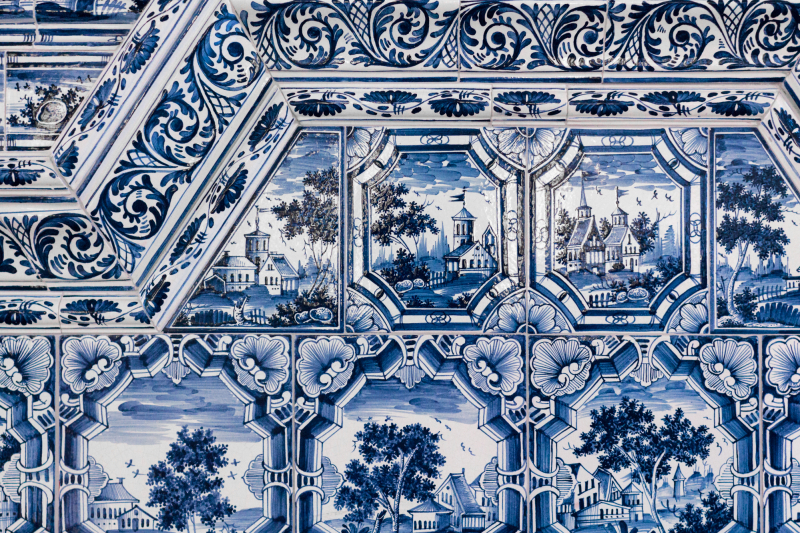
Robust Construction Sector Activity
The underlying engine of the tile and ceramic industry boom is the sustained activity within Russia’s construction sector.
Government-Driven Infrastructure and Public Projects
The Russian government continues to prioritize and invest heavily in large-scale infrastructure projects. These include new residential developments, modernization of public buildings (schools, hospitals), and significant transportation infrastructure upgrades. These projects provide a consistent and substantial demand for ceramic materials, often favoring domestic suppliers in line with government policies. This steady stream of demand acts as a crucial baseline for the entire Russian construction materials market.
Resilient Residential Construction
Despite economic fluctuations, residential construction remains a significant driver. Government initiatives, including preferential mortgage programs and urban renewal projects, have played a vital role in stimulating demand for new housing. Additionally, the renovation and remodeling market for existing housing stock is consistently robust. As homeowners look to upgrade their living spaces, there’s a steady demand for tiles and ceramics for bathrooms, kitchens, and other interior finishes. This dual demand from new builds and renovations ensures a broad base for tile consumption.
Commercial and Hospitality Sector Growth
The development and expansion of commercial spaces, including new offices, retail centers, and a growing hospitality sector (hotels, restaurants, leisure facilities), also contribute significantly to the demand for specialized tiles and ceramics. These projects often require durable, high-traffic solutions that also offer a strong aesthetic appeal, presenting opportunities for manufacturers of premium and design-oriented products. The recovery in tourism and business travel further fuels this segment.
Strategic Opportunities in the Booming Russian Ceramic Market
The current dynamism in the Russian tile and ceramic market presents a wealth of strategic opportunities for both domestic and international players willing to adapt and innovate.
Capitalizing on Import Substitution
The strong governmental push for import substitution creates a fertile ground for domestic manufacturers and foreign companies willing to invest in local production.
Expanding Domestic Manufacturing Capacities
There’s a clear opportunity for existing Russian manufacturers to further expand their production capacities and diversify their product lines to fully meet domestic demand. This involves investing in new production lines, upgrading technology, and training skilled labor. For international companies, forming joint ventures or establishing wholly-owned local production facilities offers a strategic pathway to bypass import challenges and gain a direct foothold in the Russian market, benefiting from local resource availability and market insights.
Targeting Specific Product Gaps
Despite growth, certain product gaps may still exist where import reliance is higher or domestic supply is limited. This could include highly specialized technical tiles, certain niche aesthetic finishes, or ultra-large format slabs. Identifying and filling these gaps with high-quality, domestically produced alternatives presents a significant commercial opportunity. Market research to pinpoint these specific unmet demands is crucial.
Leveraging Digital Transformation and E-commerce
The rapid growth of e-commerce and digital engagement across Russia offers transformative opportunities for the tile and ceramic sector, traditionally a very physical business.
Developing Robust Online Sales Channels
Establishing and optimizing e-commerce platforms allows companies to reach a much broader customer base, including consumers in regions without physical showrooms. This requires investment in user-friendly websites, high-quality product imagery, virtual showrooms, and efficient logistics for delivery across vast distances. The convenience of online shopping, combined with competitive pricing, appeals to a growing segment of Russian buyers.
Enhancing Digital Marketing and Customer Engagement
Implementing comprehensive digital marketing strategies – including search engine optimization (SEO) for keywords like “Russian tile manufacturers” or “porcelain stoneware Russia,” social media marketing, and targeted online advertising – can significantly boost brand visibility and lead generation. Interactive online tools, such as tile visualizers that allow customers to see how different tiles would look in their space, can enhance customer engagement and streamline the purchasing decision.
Tapping into Regional Market Potentials
While major cities like Moscow and St. Petersburg are significant hubs, Russia’s vast geography means there are substantial untapped regional market potentials.
Localized Distribution and Sales Strategies
Developing localized distribution networks and tailoring sales strategies to specific regional demands can unlock new growth areas. Different regions may have varying construction needs, economic capacities, and design preferences. Partnering with strong regional distributors who have deep local knowledge and established relationships is key to effective penetration.
Addressing Specific Climate and Architectural Needs
Certain regions of Russia experience extreme climatic conditions. This creates opportunities for manufacturers specializing in tiles with enhanced frost resistance, thermal insulation properties, or specific anti-slip characteristics suitable for varied outdoor and indoor applications. Understanding the unique architectural styles and climatic demands of different regions can lead to the development of highly targeted and successful product lines.
Navigating the Challenges within the Russian Ceramic Industry
While the Russian tile and ceramic industry is booming, it is not without its challenges. Proactive strategies are essential to mitigate risks and sustain growth in this dynamic environment.
Economic Volatility and Consumer Purchasing Power
The broader macroeconomic environment in Russia can directly impact the tile market, particularly consumer spending and investment in construction.
Impact of Inflation and Interest Rates
Fluctuations in inflation rates and central bank interest rates can affect consumer purchasing power and the cost of borrowing for construction projects. High inflation can erode disposable income, potentially leading consumers to delay or scale down renovation plans. Conversely, high interest rates can deter developers from initiating new projects, thereby reducing overall demand for building materials. Businesses must closely monitor these economic indicators and adapt their pricing and inventory strategies accordingly.
Currency Exchange Rate Sensitivity
For companies relying on imported raw materials or equipment, or for those involved in export, currency exchange rate volatility can significantly impact profitability. A weakening ruble increases import costs, which must either be absorbed or passed on to consumers, potentially affecting competitiveness against domestically sourced products. Diversifying sourcing and hedging strategies can help mitigate these risks.
Supply Chain and Logistics Complexities
The vastness of Russia and ongoing geopolitical factors present inherent supply chain and logistics challenges for the tile and ceramic sector.
Managing Long-Distance Transportation
Transporting heavy and fragile ceramic tiles across Russia’s immense distances can be costly and time-consuming. This necessitates efficient logistics planning, optimization of warehousing, and strategic partnerships with reliable transportation providers. The need for specialized vehicles and careful handling adds to the complexity and cost.
Potential for Import-Export Disruptions
Despite the push for import substitution, some raw materials, specialized equipment, or niche finished products may still need to be imported. Geopolitical factors can lead to import disruptions, increased customs scrutiny, or shifts in preferred trade routes, all of which can impact supply stability and costs. Companies must actively seek diversified sourcing channels and develop contingency plans.
Intense Market Competition
The Russian tile and ceramic market is characterized by robust competition from both a growing number of domestic producers and a diverse range of international suppliers.
Price Pressures and Market Saturation
The increase in domestic production capacity, while a sign of growth, also intensifies competition, potentially leading to price wars and pressure on profit margins. In certain segments, the market may approach saturation, making differentiation through quality, design, or specialized services crucial for sustained profitability. Businesses need strong competitive advantages beyond just price.
Brand Differentiation and Marketing Effectiveness
In a competitive landscape, effective brand differentiation and strong marketing are essential. Companies need to clearly communicate their unique selling propositions, whether it’s superior quality, innovative design, environmental credentials, or exceptional customer service. Investing in targeted marketing campaigns that resonate with Russian consumers is vital for standing out and building brand loyalty in the ceramic tile market.
Regulatory and Compliance Landscape
Navigating Russia’s regulatory environment requires diligence and a clear understanding of local laws and standards.
Evolving Technical Standards and Certification Requirements
Manufacturers and importers must ensure full compliance with evolving Russian GOST standards and other technical regulations for tiles and ceramics. Obtaining the necessary certifications and declarations of conformity can be a complex and time-consuming process. Staying updated on regulatory changes and working with experienced local legal and certification experts is paramount to avoid delays or penalties.
Adaptation to Local Business Practices
Understanding and adapting to local business practices, cultural norms, and administrative procedures is crucial for seamless operations. This includes aspects of contract negotiation, dispute resolution, and local employment laws. For international companies, this often means investing in local talent or robust advisory services.

Conclusion: Charting a Course Through Russia’s Dynamic Ceramic Future
The Russian tile and ceramic industry is undeniably in a period of significant boom, driven by a powerful confluence of increased domestic production, evolving consumer sophistication, and sustained construction activity. This dynamism presents a landscape ripe with opportunities for those willing to engage strategically and adapt proactively. The strong governmental emphasis on import substitution has fundamentally reshaped the market, fostering local manufacturing capabilities and creating a more resilient domestic supply chain. Simultaneously, the rising demand for premium, design-led, and technically advanced tiles, coupled with the transformative potential of e-commerce, offers exciting avenues for growth and innovation.
However, navigating this thriving market requires a clear-eyed appreciation of its inherent challenges. Economic volatility, complex logistics, intense competition, and a dynamic regulatory environment demand meticulous planning and agile execution. For both established domestic players and potential international entrants, success hinges on a commitment to product quality and diversification, leveraging digital channels, understanding regional nuances, and building strong, localized partnerships. By embracing innovation, focusing on customer needs, and demonstrating resilience in the face of economic shifts, stakeholders can chart a prosperous and sustainable course within Russia’s vibrant and continually evolving tile and ceramic market. The opportunities are substantial for those who can deftly manage the complexities and capitalize on the prevailing winds of growth.
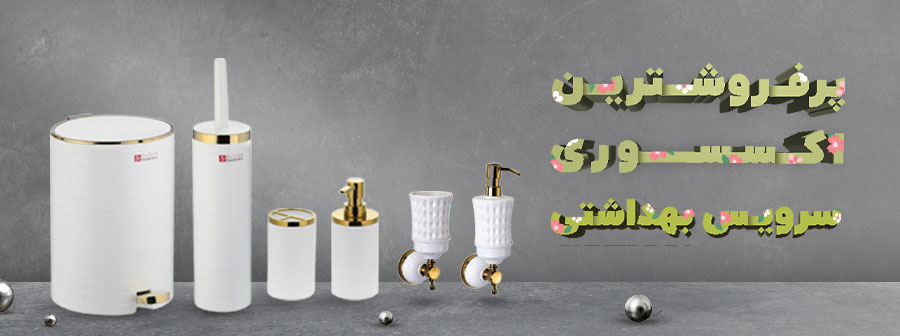
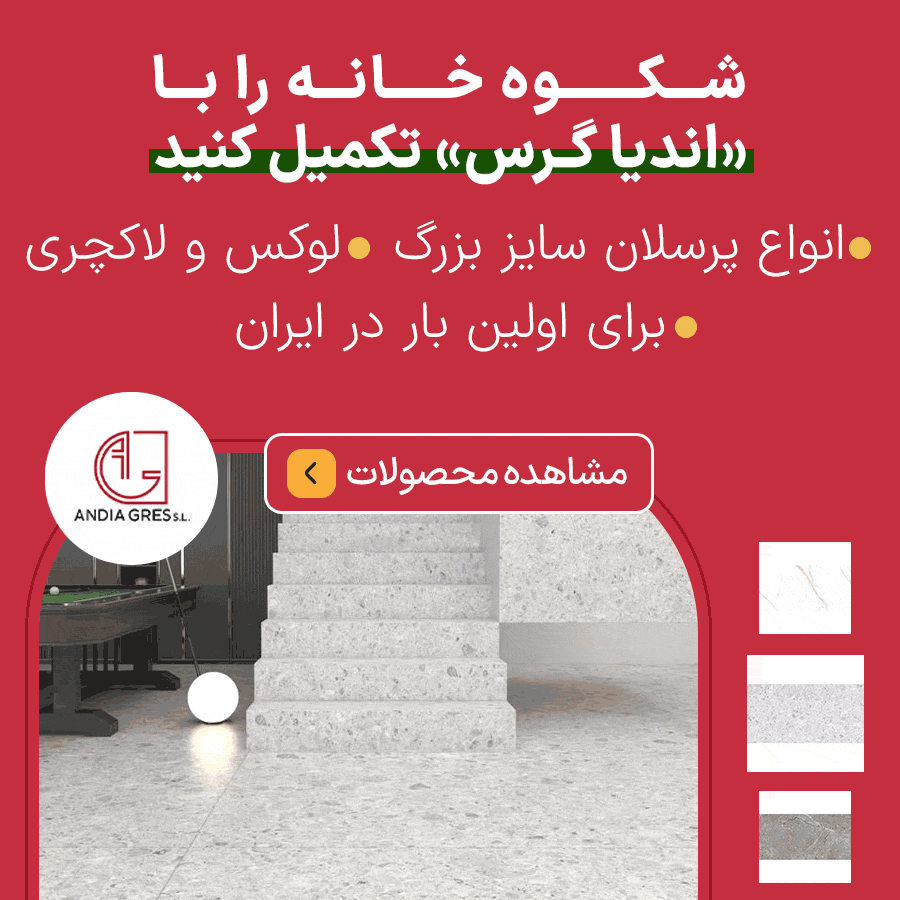
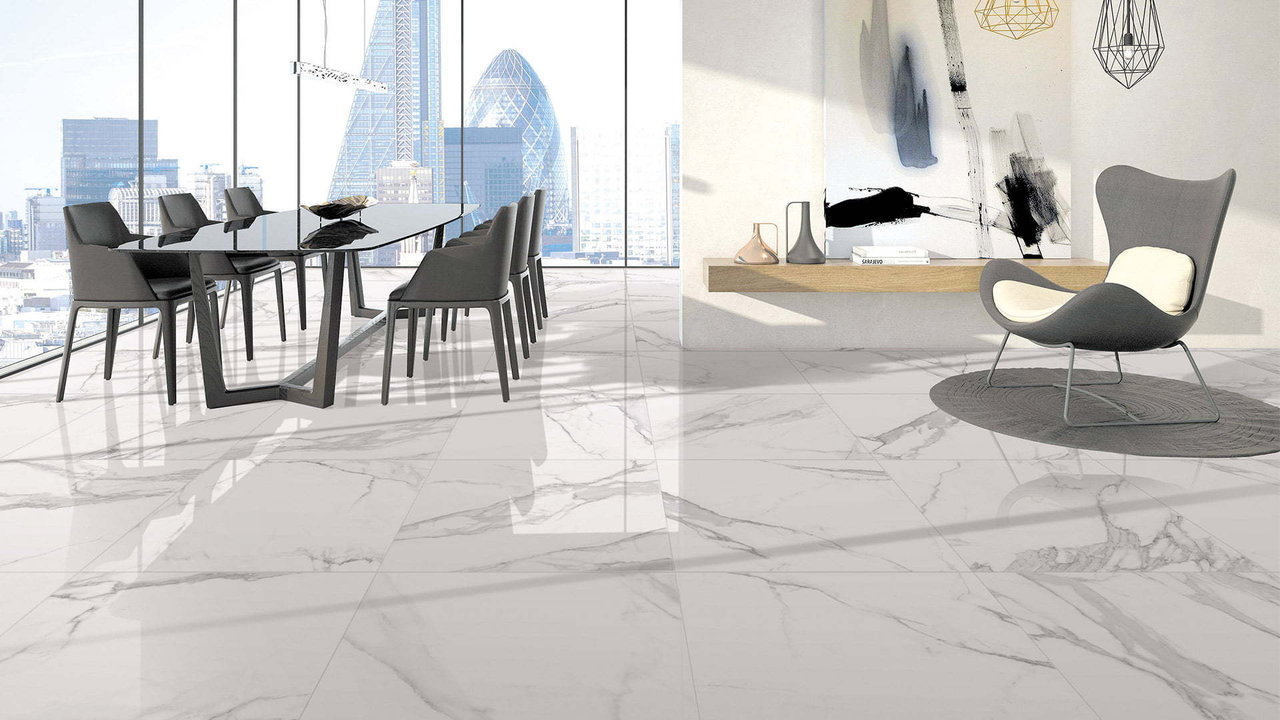
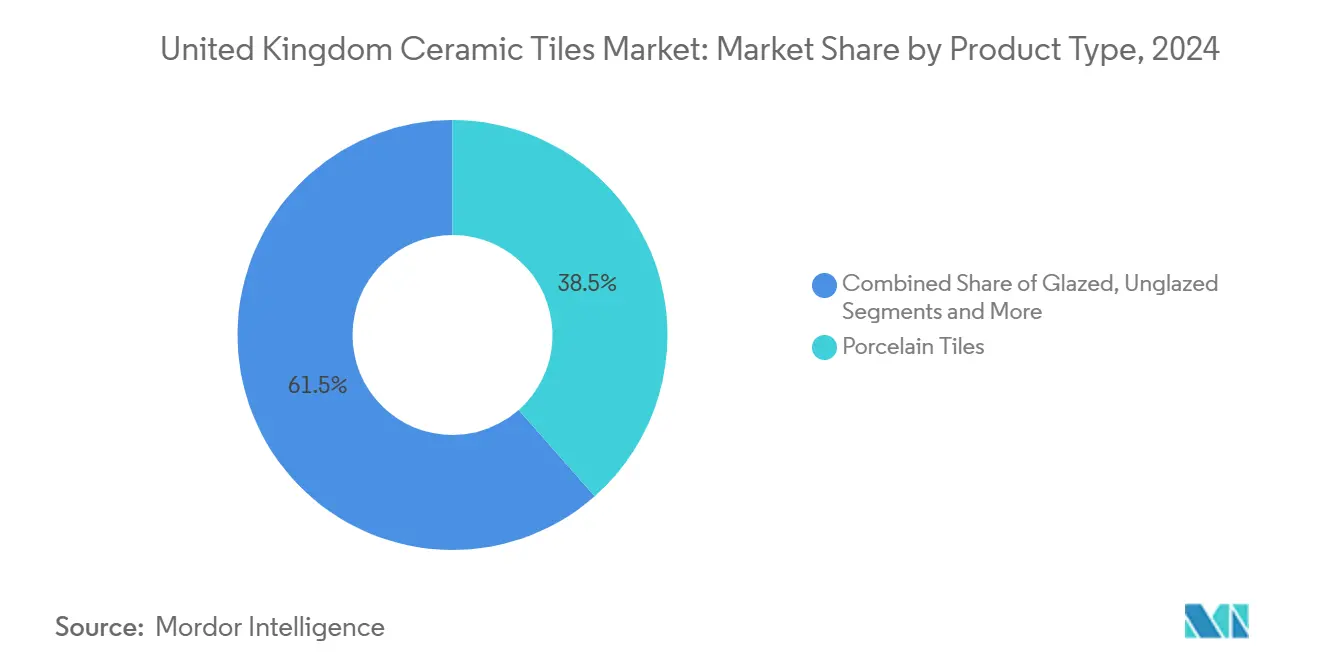
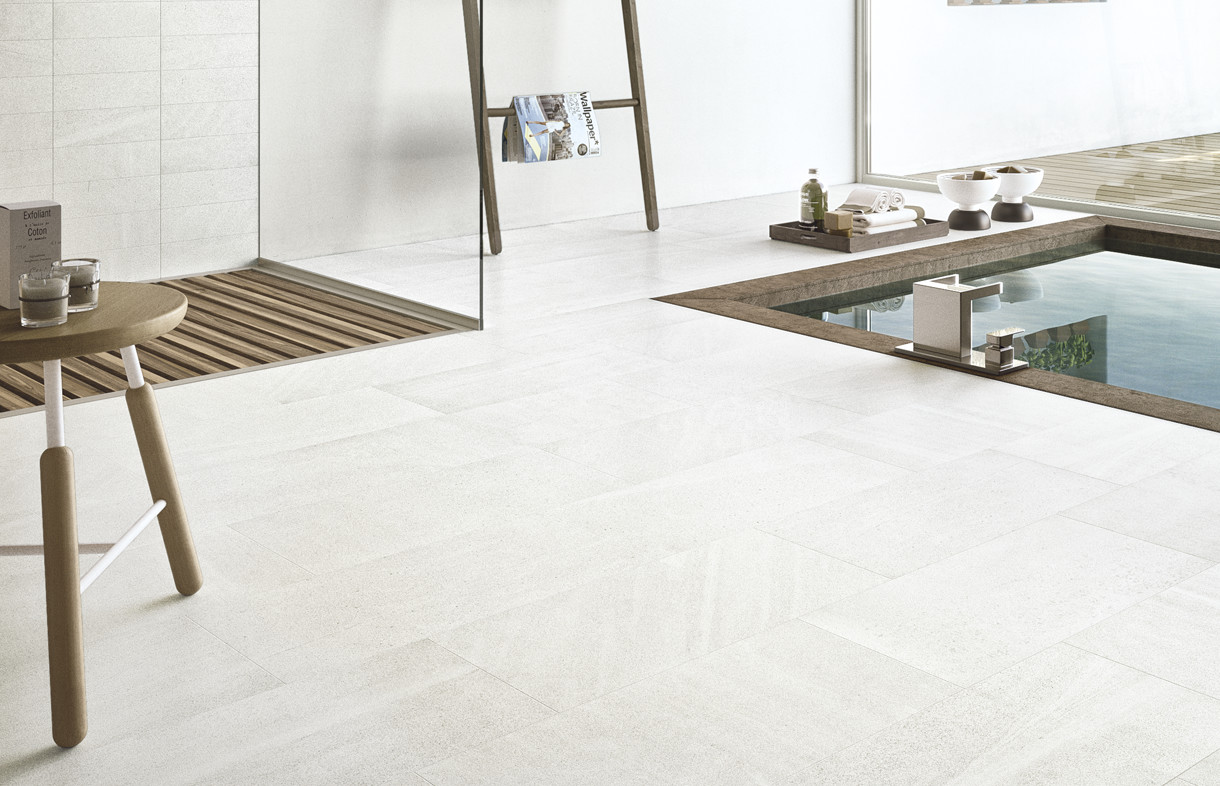

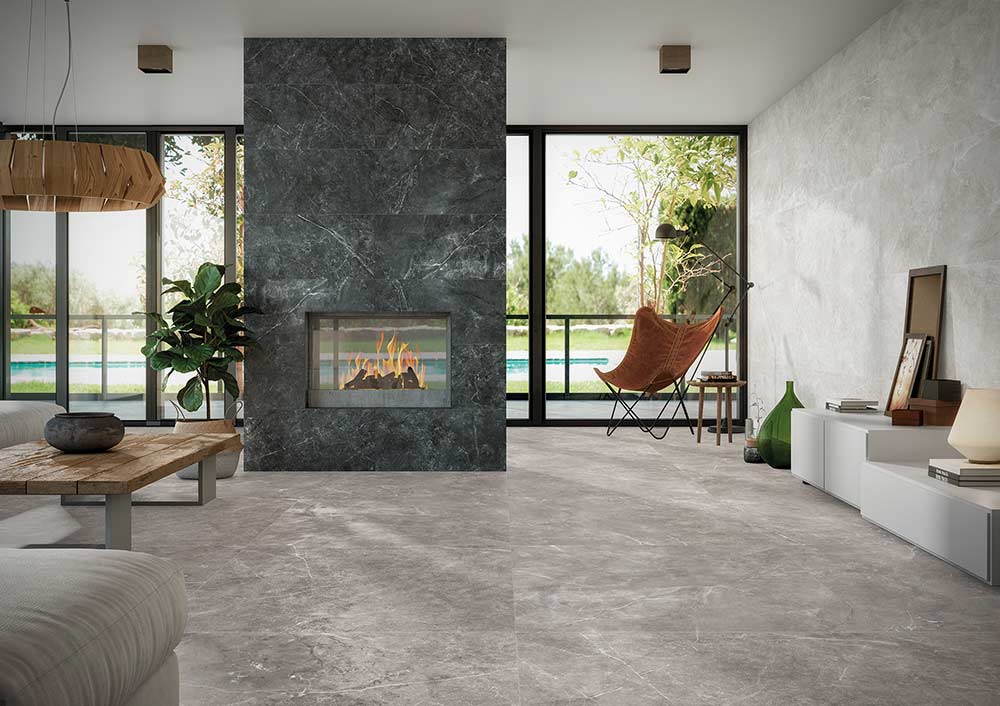
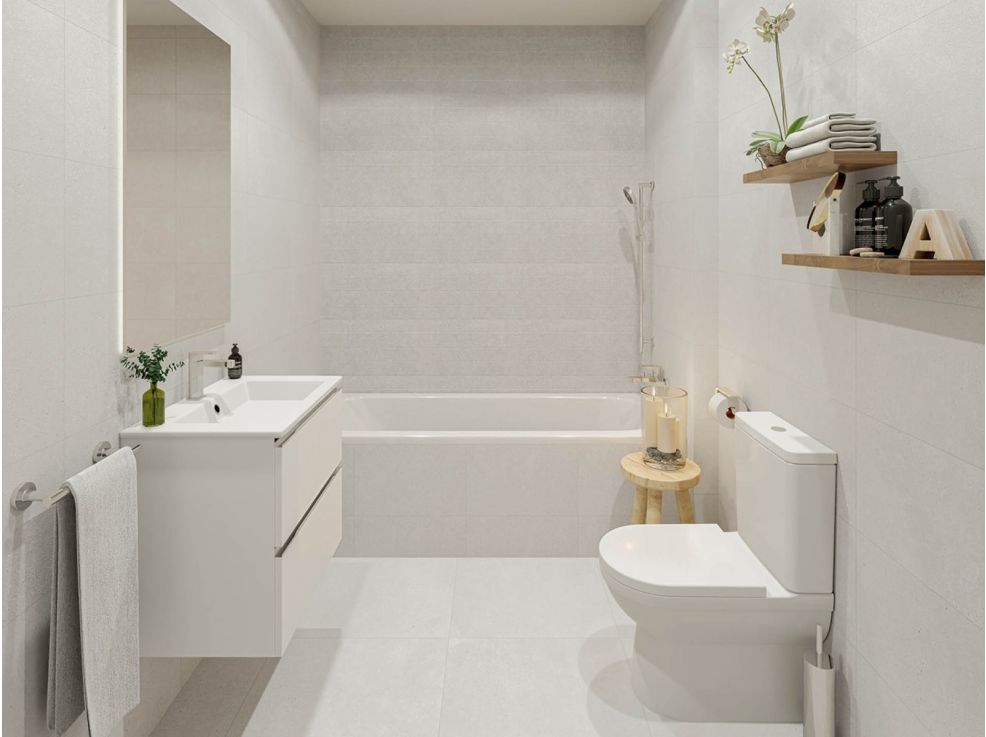
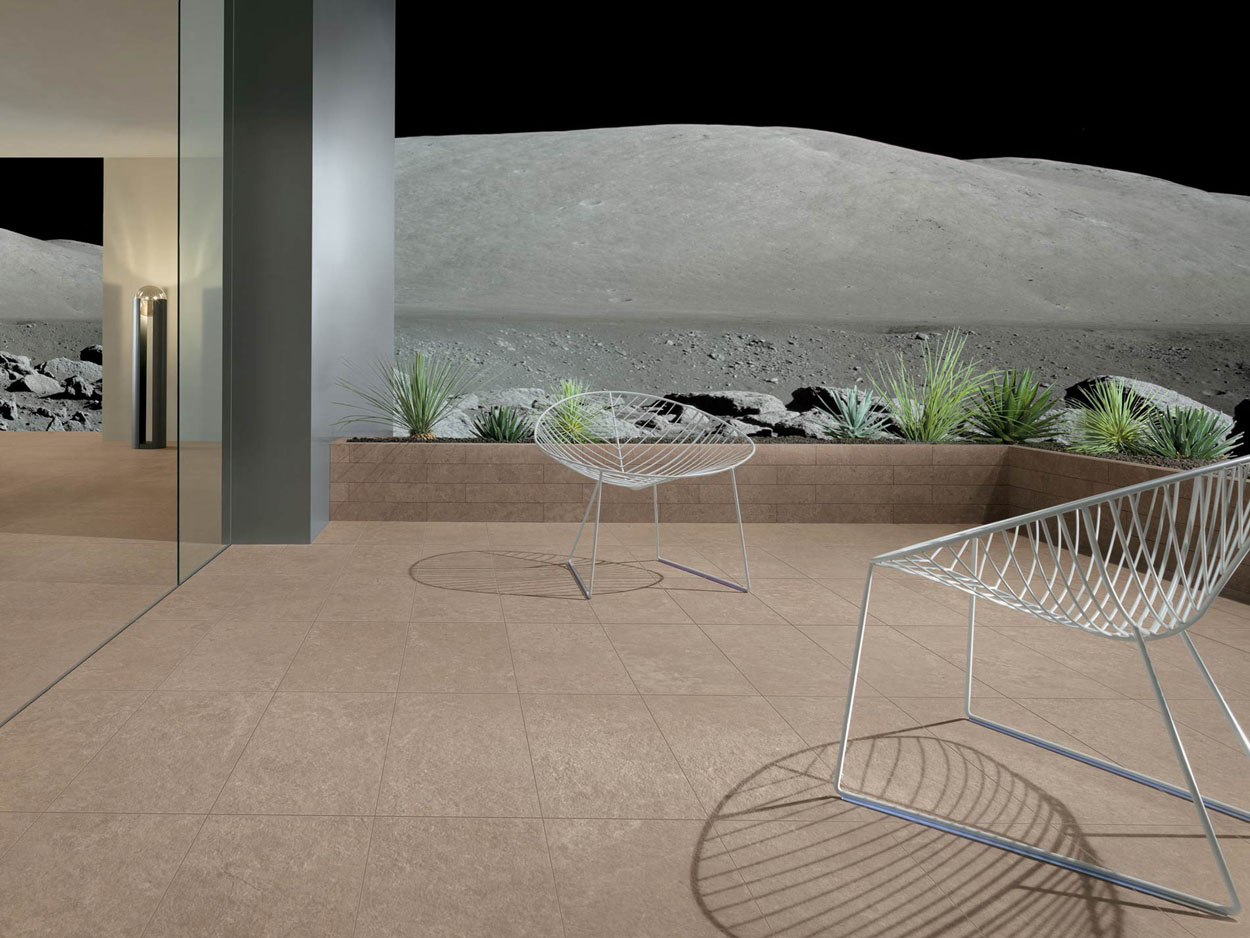

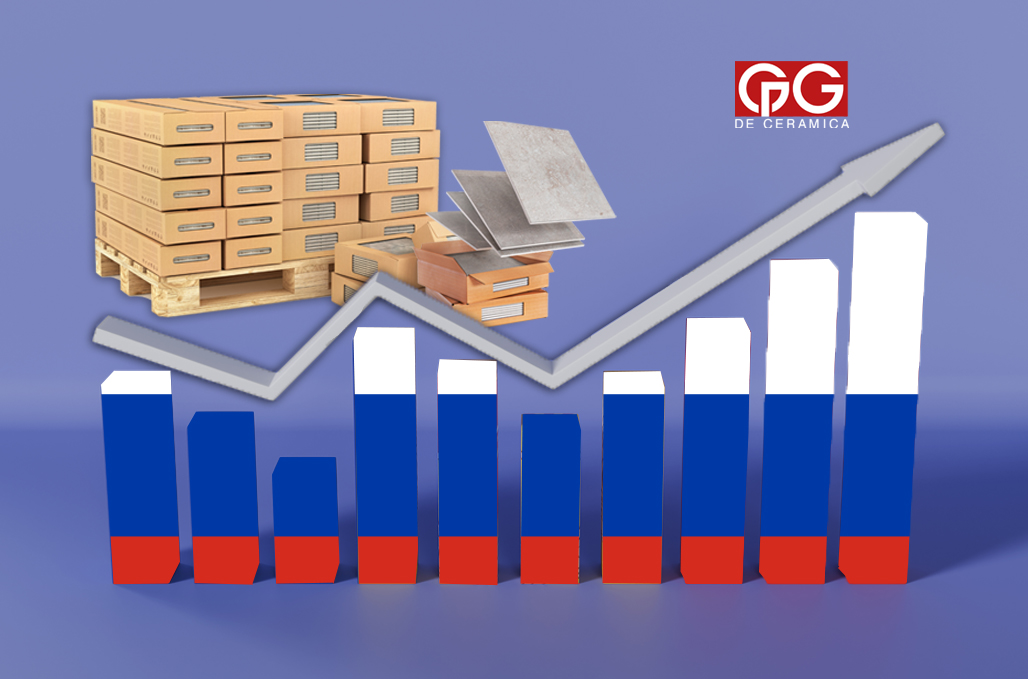
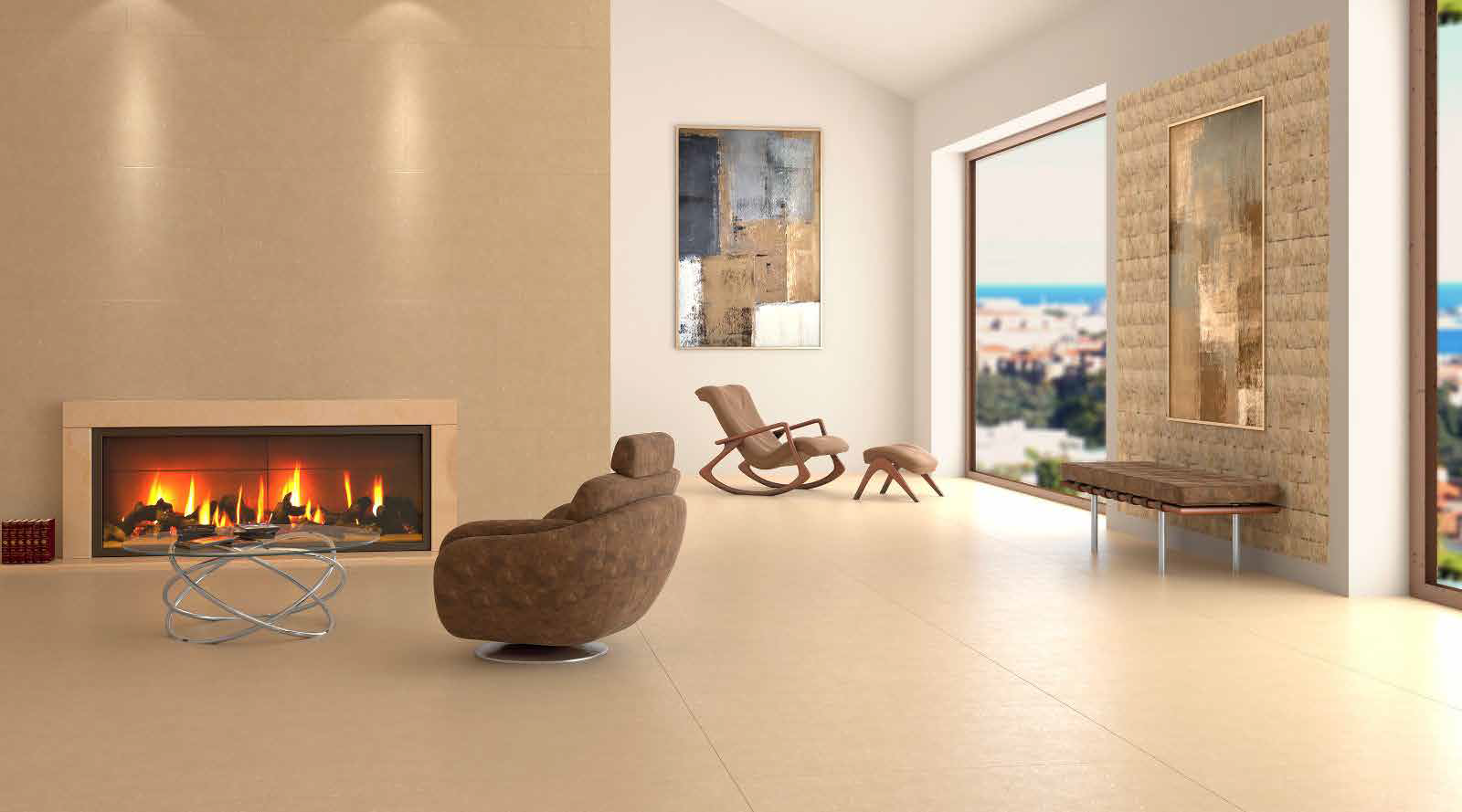
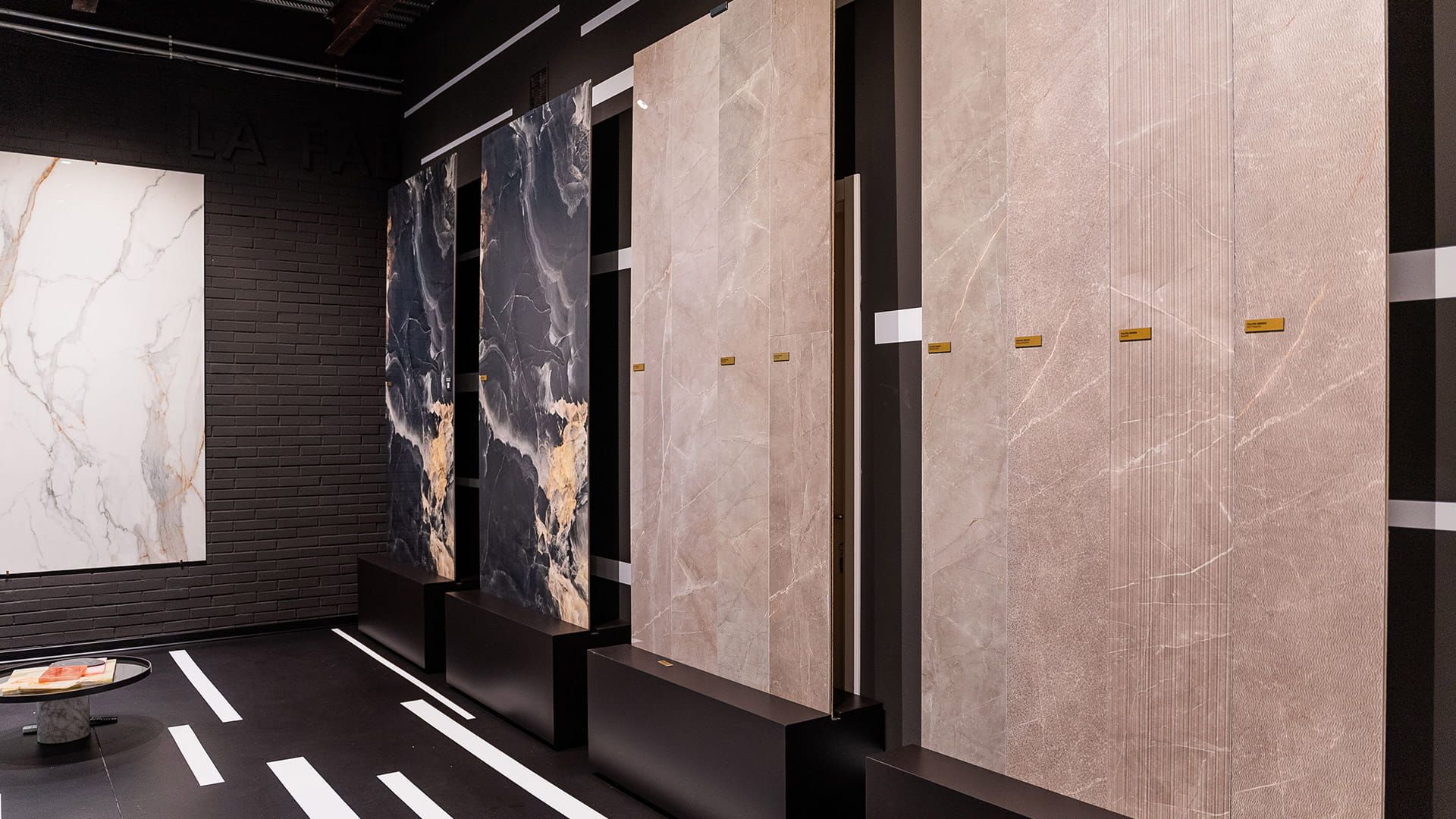
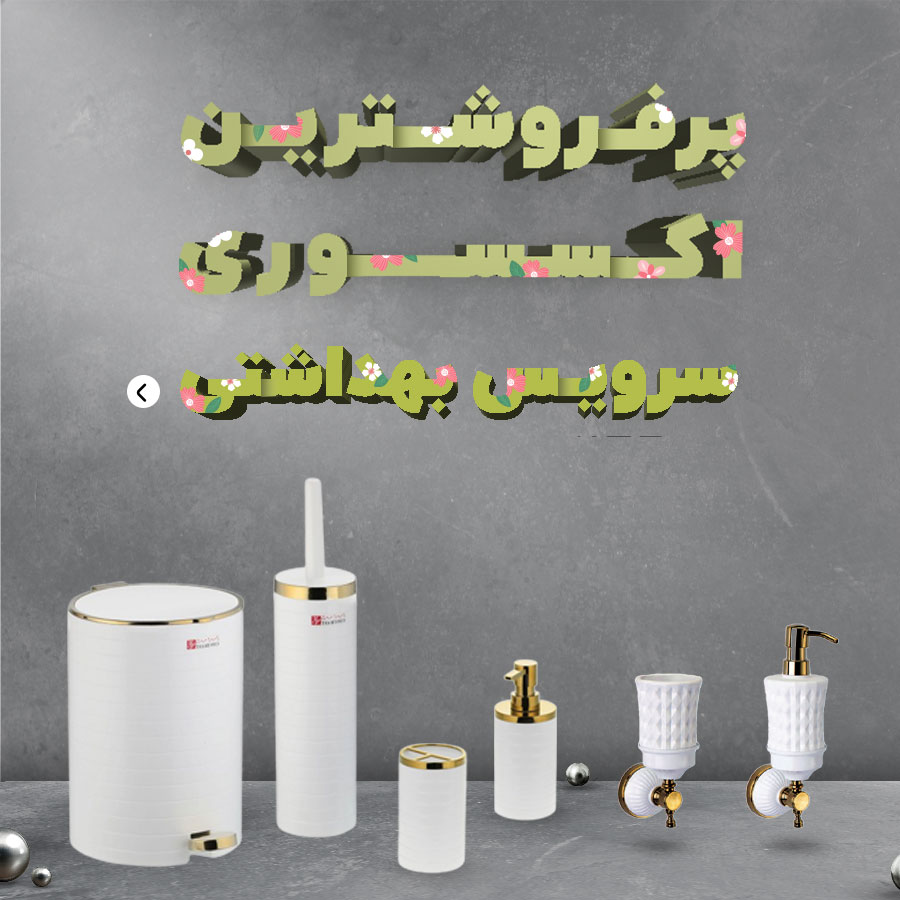

نظرات ۰